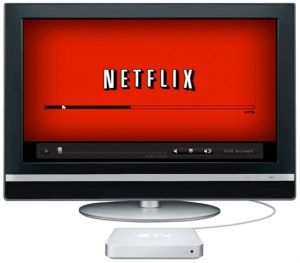
Video rental and streaming giant Netflix—which has managed to pound rival Blockbuster into bankruptcy—has announced that it will be offering past seasons of NBC Universal broadcast and cable television shows for streaming, along with day-after streaming of current episodes of Saturday Night Live. The multi-year deal is scheduled to start up next week, and expands on the existing relationship between the companies.
The deal includes past-season episodes and shows from NBC Universal’s broadcast and cable offerings, including shows like 30 Rock, The Office, and Law & Order: SVU, along with material from NBC Universal cable outlets like USA and SyFy: Psych, Monk, Battlestar Galactica, and In Plain Sight will all be available. The deal also includes hundreds of episodes from every season of Saturday Night Live, including day-after broadcast of the 2010, 2011, and 2012 seasons of the show.
NBC Universal’s extended partnership with Netflix comes on the heels of NBC Universal CEO Jeff Zucker saying his company doesn’t want to make its programming available for rental on the Apple TV via iTunes, claiming Apple’s $0.99-per-episode rental arrangement devalues NBC Universal content. Netflix streaming-capable subscriptions start at $8.99 per month in the United States; of course, the new Apple TV supports Netflix streaming.


